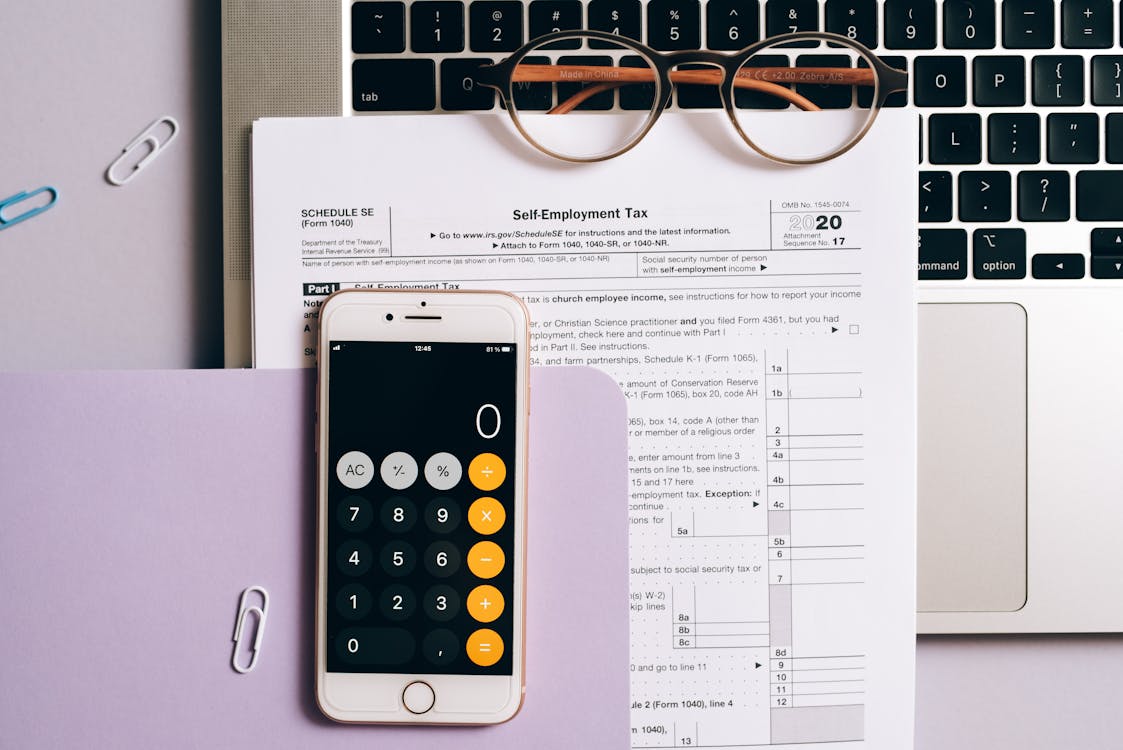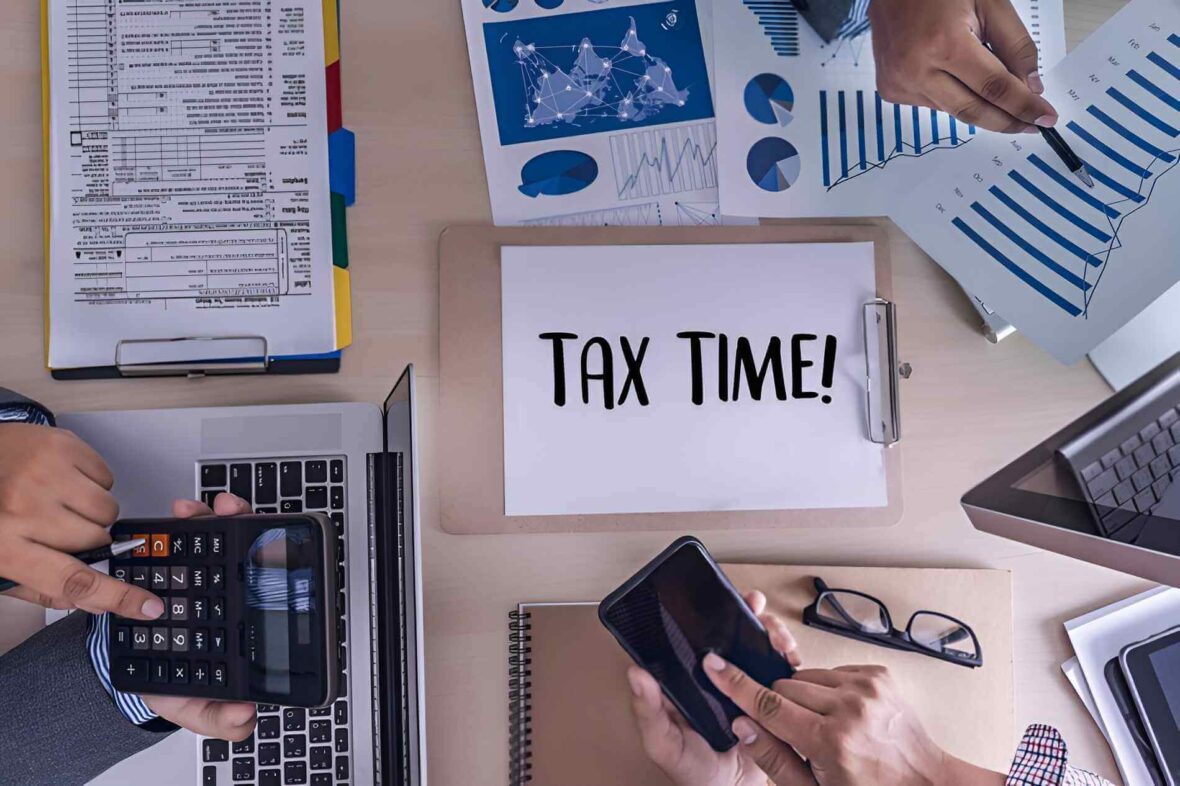As a self-employed individual, one of the biggest challenges you’ll face is maximizing your tax savings. Unlike traditional employees who have their taxes automatically deducted from their paychecks, independent contractors have to navigate complicated tax rules and regulations to ensure they’re taking advantage of every deduction and tax credit available to them.
One tax strategy that can help self-employed individuals save money on their taxes is leasing or renting assets for use in their business operations. By leasing or renting equipment, vehicles, or even office space, self-employed individuals can deduct the cost of these expenses on their tax returns, which can significantly reduce their tax bill.
However, leasing or renting assets for business use requires careful planning and consideration to ensure that you maximize your tax savings while staying compliant with tax laws. In this article, we’ll provide some tax strategies for self-employed individuals who are considering leasing or renting assets for their business operations.
Contents
1. Keep Accurate Records
The first step to maximizing your tax savings when leasing or renting assets for business use is to keep accurate records of all expenses related to the leased or rented assets. This includes any lease payments, maintenance costs, repairs, and upgrades.
You should also keep a separate record of all business-related expenses, including office supplies, advertising, and business travel expenses. By keeping accurate records, you’ll be able to deduct the full cost of leasing or renting assets on your tax return.
2. Consider Leasing vs. Buying
When deciding whether to lease or buy assets for business use, it’s important to consider the tax implications of each option. While buying assets may seem like a more cost-effective option in the long run, leasing can provide significant tax benefits in the short term.
When you lease assets, you can deduct the full cost of the lease payments on your tax return. In contrast, when you buy assets, you’ll need to depreciate the cost of the asset over several years, which may result in a lower tax deduction.
3. Take Advantage of Section 179
Section 179 of the Internal Revenue Code allows self-employed individuals to deduct the full cost of certain leased or purchased assets in the year they’re placed in service, up to a certain limit. For the 2021 tax year, the Section 179 limit is $1.05 million, meaning that you can deduct the full cost of up to $1.05 million in assets.
To take advantage of Section 179, you’ll need to ensure that the assets you’re leasing or purchasing qualify for the deduction. This includes equipment, vehicles, furniture, and certain software.
4. Use a Tax Calculator
One of the biggest challenges self-employed individuals face is determining how much they owe in taxes and making sure they’re setting aside enough money to cover their tax bill. To help with this, you can use an independent contractor income tax calculator or a self-employed income tax calculator to estimate your tax liability and ensure you’re making the proper estimated tax payments throughout the year.
The 1040 ES calculator is another useful tool for self-employed individuals. This calculator helps you estimate how much you’ll owe in taxes for the year and how much you should be paying in estimated taxes each quarter to avoid underpayment penalties.
5. Work With a Tax Professional

Navigating the complexities of self-employment taxes can be daunting, especially if you’re leasing or renting assets for business use. Working with an experienced tax professional can help you ensure that you’re taking advantage of all available tax deductions and credits while staying compliant with tax laws and regulations.
A tax professional can also help you plan for tax savings strategies, such as incorporating your business or setting up a retirement plan, which can provide significant tax benefits over the long term.
In Conclusion
Leasing or renting assets for business use can be a smart tax strategy for self-employed individuals. By keeping accurate records, weighing the tax implications of leasing vs. buying, taking advantage of Section 179, using tax calculators, and working with a tax professional, you can maximize your tax savings while staying compliant with tax laws and regulations.
Remember to keep all receipts and other records that are related to your lease or rental payments. By doing so, you may provide valuable proof to the IRS that the expenses you deducted were indeed related to your business and thus, legitimate tax deductions.



